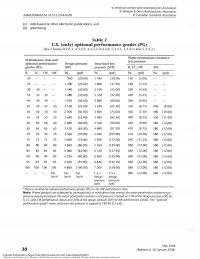jar546
CBO
This question is for most of the country that is now in the 115mph wind zone per the IRC. Please exclude Florida from this conversation as this I have a handle on. The question is this. In the past the U-factor was one of the biggest concerns when looking at windows for inland areas. With the increase in the wind speed from 90 to 115 in most areas, how have you been verifying wind loads?
For example, most exposure categories in the 115mph zone will be a B or C and only a D if you are on or close to the water where you have one or more miles of open water. I see that the IRC addresses this through Tables R301.2(2) and R301.2(3) along with Section R609 and ASCE 7.
There are a lot of local window manufacturers that won't even get the energy code rating, let alone testing for the design pressures of the wind zone they are typically sold in.
Are all manufacturers having testing done and labeling or providing NOAs?
For example, most exposure categories in the 115mph zone will be a B or C and only a D if you are on or close to the water where you have one or more miles of open water. I see that the IRC addresses this through Tables R301.2(2) and R301.2(3) along with Section R609 and ASCE 7.
There are a lot of local window manufacturers that won't even get the energy code rating, let alone testing for the design pressures of the wind zone they are typically sold in.
Are all manufacturers having testing done and labeling or providing NOAs?

